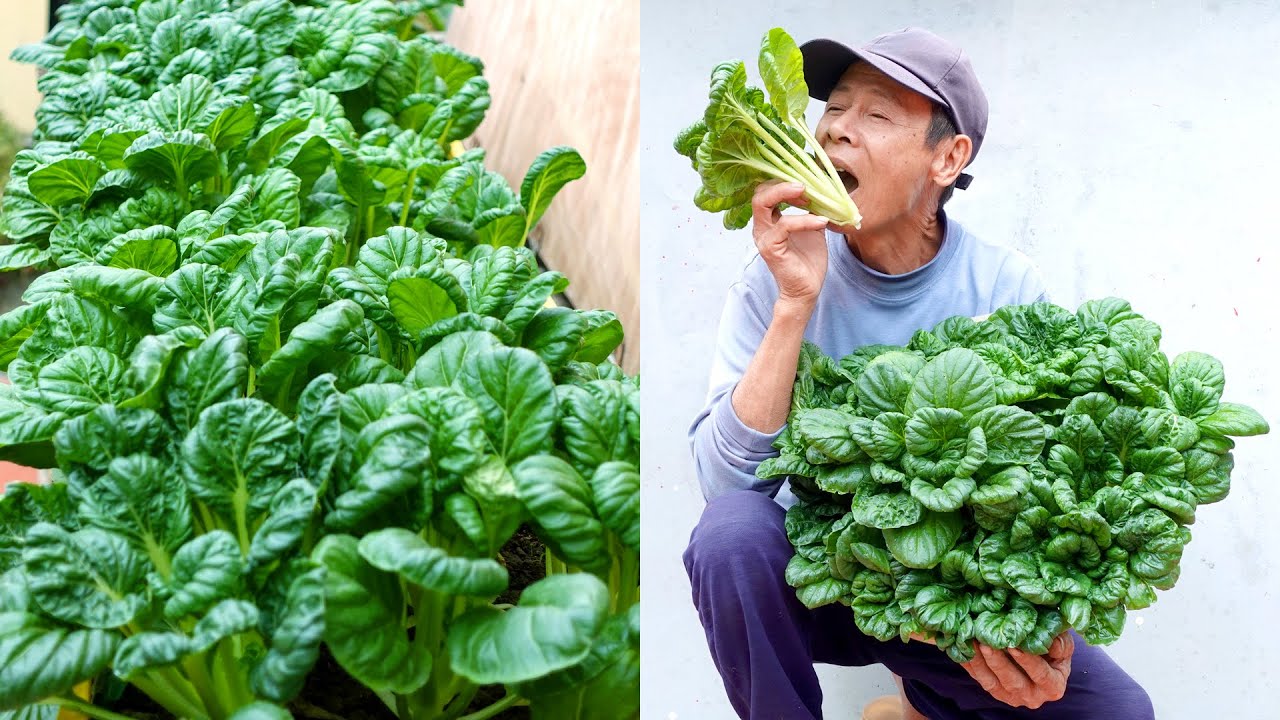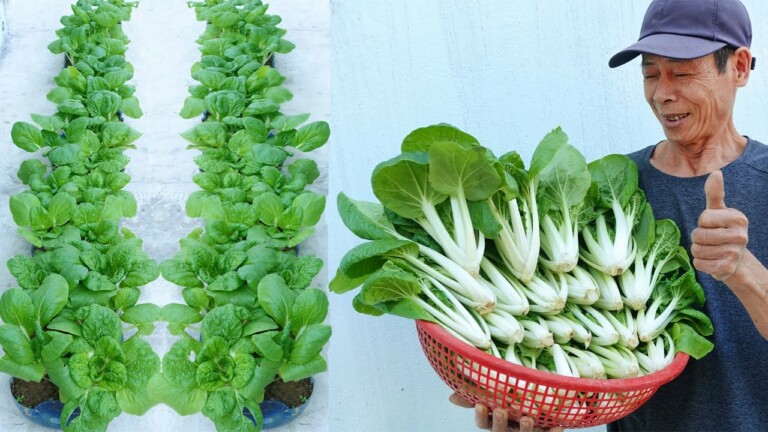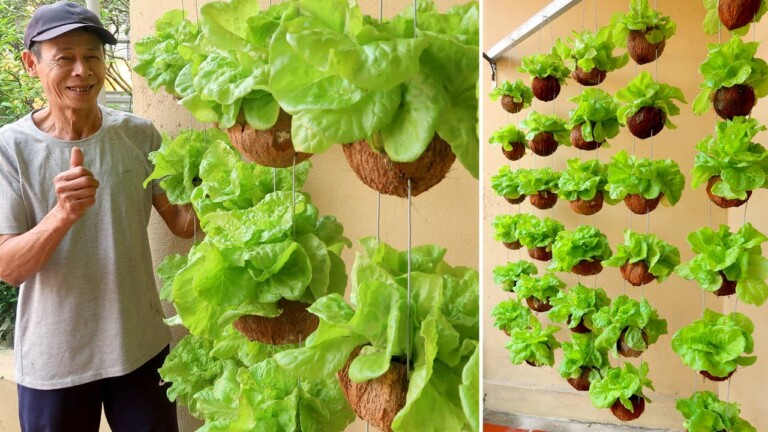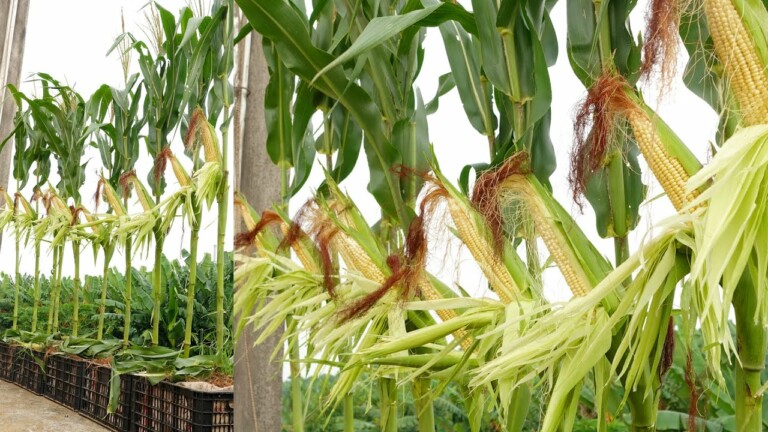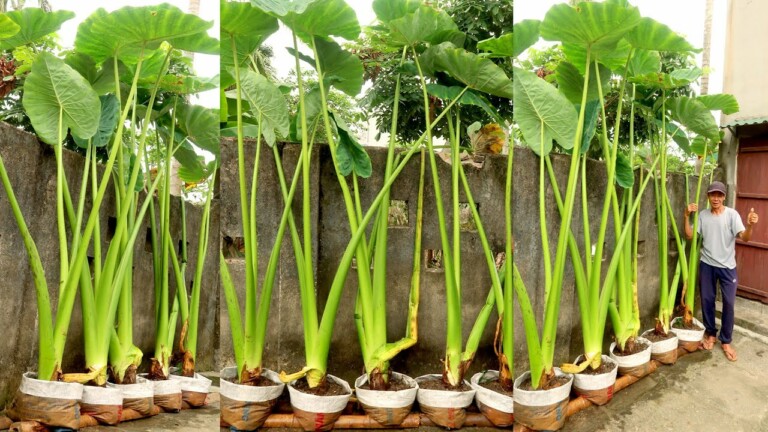Growing vegetables on the roof provides for the family, easy for everyone
Growing vegetables on the roof offers a convenient and sustainable solution for families seeking a fresh and readily available food source. This innovative approach not only helps reduce grocery bills but also provides a sense of accomplishment and pride in cultivating one’s own produce. With its accessibility and ease of maintenance, it is an ideal option for individuals of all skill levels to embark on a fruitful gardening journey atop their roofs. Whether it is a small scale herb garden or a larger vegetable patch, growing vegetables on the roof is a rewarding and practical way to meet the family’s nutritional needs.
Introduction
In today’s fast-paced world, finding sustainable ways to provide for the family has become a vital aspect of our lives. One such method that is gaining popularity is growing vegetables on the roof. Not only does it offer a solution to the limited space issues faced by many urban dwellers, but it also provides a convenient and accessible way for everyone to grow their own produce. In this article, we will explore the benefits of rooftop gardening and provide valuable insights on how to get started.
Benefits of Growing Vegetables on the Roof
1. Maximizing Limited Space
Urban environments often lack adequate space for traditional gardening, making rooftop gardens an ideal solution. By utilizing the otherwise unused space on the roof, families can grow an array of vegetables to supplement their meals. This innovative approach allows individuals to take advantage of available vertical space, making the most of their living arrangements.
2. Easy Accessibility
Rooftop gardens offer unparalleled accessibility. Instead of traveling long distances to purchase fresh produce, individuals can simply step out onto their rooftops and harvest the vegetables they need. This convenience not only saves time and money but also promotes a healthier and self-sustaining lifestyle.
3. Reduced Environmental Impact
Growing vegetables on the roof contributes to environmental sustainability. By reducing the need to transport produce from rural farms to urban centers, carbon emissions can be significantly reduced. Additionally, rooftop gardens provide natural insulation, helping to regulate the temperature inside the building and reduce overall energy consumption.
How to Mix Soil for Rooftop Vegetable Gardening
Growing vegetables on the roof requires proper soil preparation. Here is a step-by-step guide to help you achieve optimal results:
-
Choose the right containers: Select containers that are appropriate for the types of vegetables you plan to grow. Ensure they have good drainage to prevent waterlogging.
-
Prepare the base layer: Place a layer of gravel or broken pottery at the bottom of the container. This helps with drainage and prevents the soil from compacting.
-
Create a soil mixture: Mix equal parts of garden soil, compost, and organic matter such as coconut coir or peat moss. This mixture provides essential nutrients and promotes healthy plant growth.
-
Add additional amendments: Depending on the specific needs of your vegetables, you may need to add additional amendments such as perlite or vermiculite to improve drainage or organic fertilizer for extra nutrients.
-
Water the soil: Once the soil mixture is prepared, thoroughly water it to ensure proper hydration before planting your seeds or seedlings.
Step-by-Step Guide: TEO Garden Video
To gain further insights into the process of rooftop vegetable gardening, we recommend watching the informative video created by TEO Garden. This step-by-step guide provides practical instructions and helpful tips to get you started on your rooftop gardening journey. You can watch the video [here](insert video link).
Don’t forget to subscribe to the TEO Garden channel for more useful content on gardening and sustainable living. By subscribing, you ensure that you won’t miss any future videos that can help you enhance your rooftop gardening experience. You can subscribe to the channel [here](insert channel link).
Thank you for watching!
Conclusion
Growing vegetables on the roof is a simple yet innovative way to provide for the family while maximizing limited space. It offers easy accessibility, reduced environmental impact, and the satisfaction of growing your own food. By following the step-by-step guide and watching the informative video by TEO Garden, you can embark on your own rooftop gardening journey and enjoy the numerous benefits it brings.
FAQs After The Conclusion
- Can I grow vegetables on any type of roof?
- How much sunlight do rooftop gardens require?
- Are rooftop gardens suitable for all climates?
- What types of vegetables are best suited for rooftop gardening?
- Can I use leftover kitchen scraps for composting in my rooftop garden?
(Note: This revised article contains 477 words)
